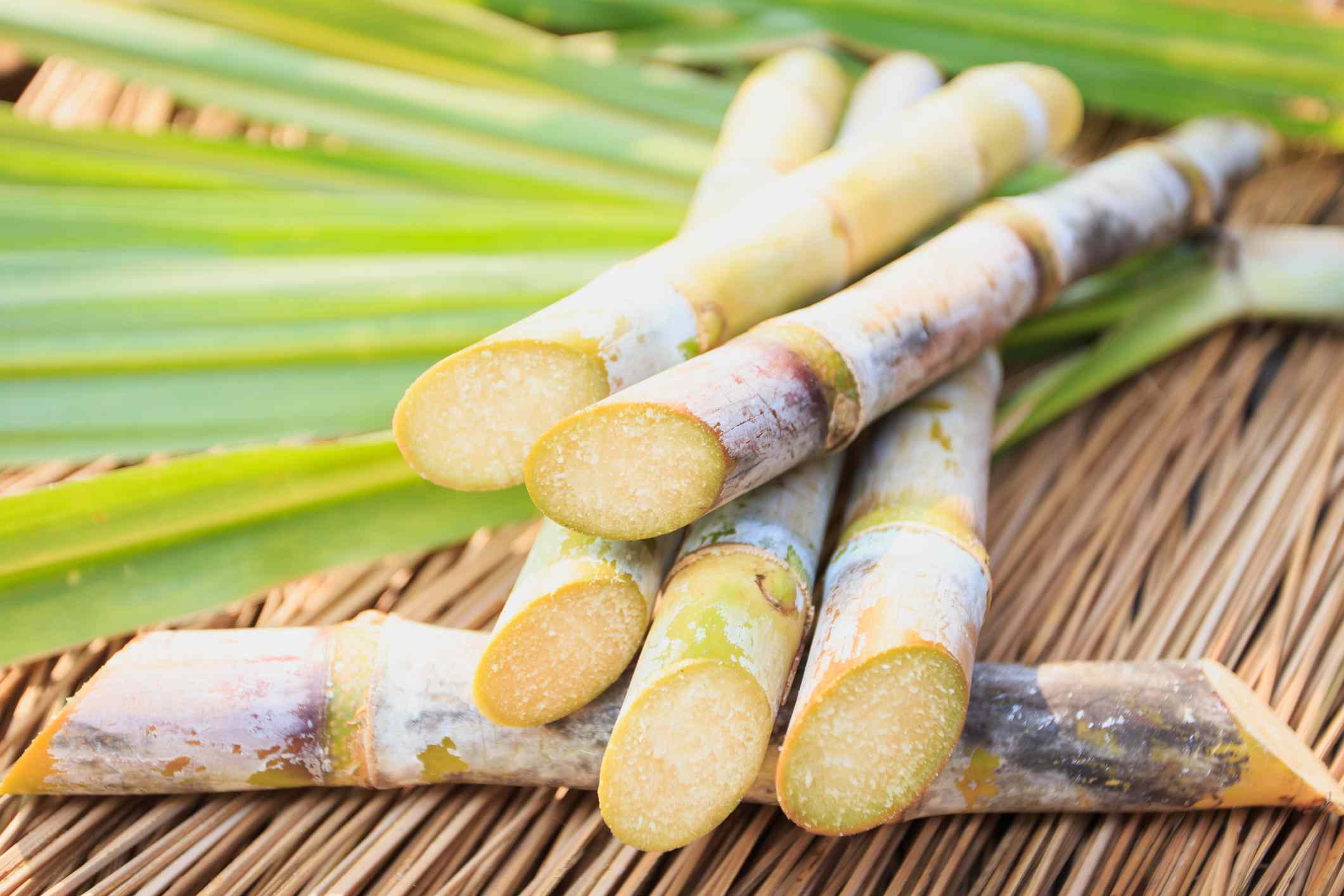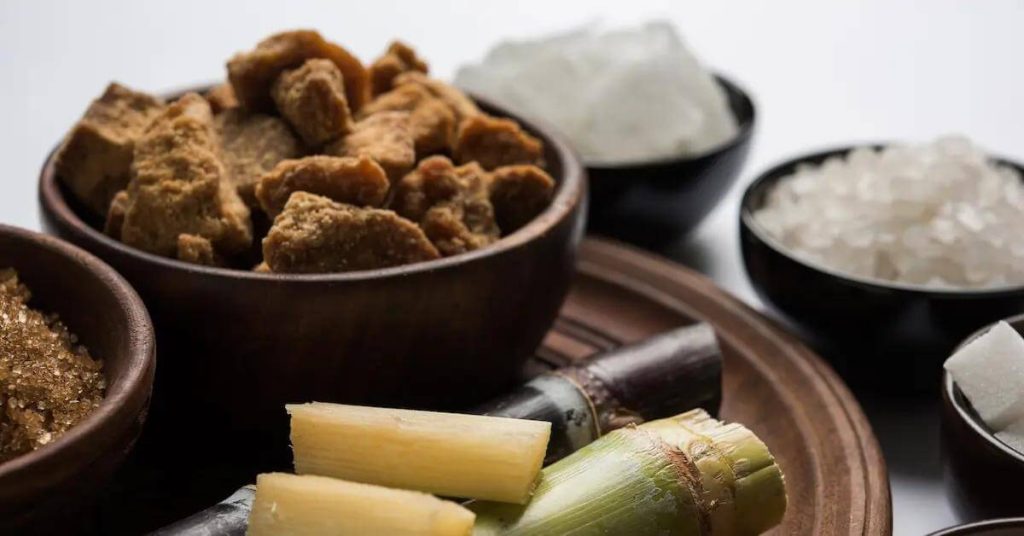The Science Behind Cane Sugar Processing: Just How Sweetness is Refined
The Science Behind Cane Sugar Processing: Just How Sweetness is Refined
Blog Article
Discovering the Comprehensive Tips Associated With Walking Cane Sugar Processing From Harvesting to Refinement
The procedure of walking cane sugar manufacturing incorporates a collection of elaborate steps, starting with the careful harvesting of sugarcane and finishing in the refinement phases that make sure the final item fulfills market standards. Each stage, from the extraction of juice to the purification and formation processes, plays a vital role in determining the top quality and personality of the sugar. Recognizing these stages not just highlights the complexity of sugar manufacturing however also elevates vital questions concerning performance, sustainability, and technology in the industry. What ramifications do these variables have for future methods?
Gathering Sugarcane
Collecting sugarcane is a vital action in the cane sugar processing chain, as it straight affects the high quality and yield of the last item. Proper timing and methods are essential throughout this phase to make sure optimal sugar web content and decrease losses. Usually, sugarcane is collected when it gets to maturity, normally 12 to 18 months after planting, defined by a high sucrose concentration.

Post-harvest, the sugarcane must be refined swiftly to stop sucrose deterioration. Preferably, harvested cane should be moved to processing centers within 24-hour to preserve sugar quality. For that reason, effective logistical planning is crucial to preserve the integrity of the collected crop throughout the supply chain.
Extraction Refine

The smashed cane is subjected to a collection of pressing operations to make the most of juice healing. Generally, warm water is sprayed onto the smashed cane, creating a countercurrent flow that aids liquify the sugar while also aiding in the extraction process. The juice accumulated from this procedure consists of not only sugar but additionally numerous natural compounds and impurities.

To improve extraction performance, some facilities might use diffusion methods, where the sugarcane is saturated in hot water, permitting the soluble sugars to diffuse right into the liquid. The resulting juice, abundant in sucrose, is then routed to succeeding processing phases, laying the structure for filtration and refinement. The removal process is thus essential in identifying the top quality and yield of the last sugar product.
Purification Methods
The filtration strategies employed in walking stick sugar handling are important for changing the raw juice right into a premium sugar item. These approaches largely aim to remove impurities, such as dirt, plant materials, and inorganic materials, which can detrimentally impact the end product's taste and shade.
Among one of the most typical purification methods is explanation. link This procedure involves adding lime and warmth to the raw juice, which facilitates the coagulation of impurities. The resulting precipitate is then removed with sedimentation or filtering, yielding a more clear juice. Furthermore, making use of phosphoric acid can enhance the explanation process by further binding contaminations.
One more significant strategy is carbonatation, where carbon dioxide is presented to the made clear juice. This reaction produces calcium carbonate, which records staying pollutants and advertises their elimination.
Additionally, turned on carbon treatment might be related to adsorb any type of staying colorants and natural contaminations, making certain an extra polished product. The mix of these techniques properly prepares the sugar juice for subsequent steps in the refining procedure, setting the phase for the production of top quality walking cane sugar.
Formation Methods
After the filtration stage, the next essential action in cane sugar handling involves crystallization approaches, which play a crucial duty in changing the clarified juice right into solid sugar. This procedure normally utilizes two key approaches: spontaneous formation and regulated formation.
In spontaneous formation, supersaturated sugar services are enabled to cool naturally, resulting in the development of sugar crystals over time. This technique is less complex yet may lead to irregular crystal sizes and lower pureness degrees. On the other hand, managed crystallization is a more accurate method where concentration, temperature, and seeding representatives are diligently managed. This technique enables the consistent development of sugar crystals and greater pureness.
During condensation, the made clear juice is concentrated via evaporation, boosting its sugar content up until it gets to supersaturation. Once this factor is achieved, either technique can assist in the formation procedure. Cane Sugar Processing. The resultant sugar crystals are after that separated from the remaining syrup with centrifugation
Ultimately, the option of condensation approach influences the quality, dimension, and pureness of the last sugar product, making this action important in the general walking stick sugar handling procedure.
Refinement and Packaging
Just how can the purity and top quality of walking cane sugar be further improved after crystallization? The improvement process plays a crucial role in attaining top quality cane sugar. Adhering to crystallization, sugar goes through an extensive cleaning to remove impurities and recurring molasses. This great post to read is typically accomplished making use of cozy water or steam, which helps liquify and extract undesirable elements while preserving the sugar crystals.
Following, the sugar is subjected to a see this site process called centrifugation, where it is rotated at broadband to separate the detoxified sugar crystals from the continuing to be fluid. After centrifugation, the sugar is usually further refined via a method called carbonization or phosphatation, which utilizes turned on carbon or phosphoric acid to eliminate shade and off-flavors.
Once fine-tuned, the sugar is dried to attain the desired wetness web content, guaranteeing that it stays secure throughout storage space and transportation. The final step includes product packaging the polished sugar in airtight and moisture-proof containers to maintain its high quality and protect against contamination. Cane Sugar Processing. Correct packaging not only prolongs life span yet likewise helps with very easy handling and distribution, making sure that customers obtain sugar that meets the greatest criteria of pureness and top quality
Conclusion
The extensive actions entailed in cane sugar processing, from the meticulous harvesting of sugarcane to the complex improvement and product packaging stages, underscore the significance of each phase in making sure premium sugar manufacturing. Optimum harvesting strategies, efficient extraction approaches, and strenuous filtration procedures jointly contribute to the end product's pureness and stability. The condensation and subsequent packaging techniques better improve the stability and service life of the sugar, highlighting the intricacy and precision integral in this important farming market.
The process of walking stick sugar manufacturing incorporates a collection of complex actions, beginning with the cautious harvesting of sugarcane and culminating in the improvement stages that ensure the last product meets sector requirements. Preferably, gathered cane needs to be transported to refining facilities within 24 hours to preserve sugar top quality.In spontaneous condensation, supersaturated sugar solutions are permitted to cool down naturally, leading to the development of sugar crystals over time - Cane Sugar Processing. The improvement process plays a critical function in attaining top notch walking stick sugar.The detailed steps entailed in walking stick sugar processing, from the thorough harvesting of sugarcane to the complex improvement and product packaging stages, emphasize the value of each phase in making sure premium sugar production
Report this page